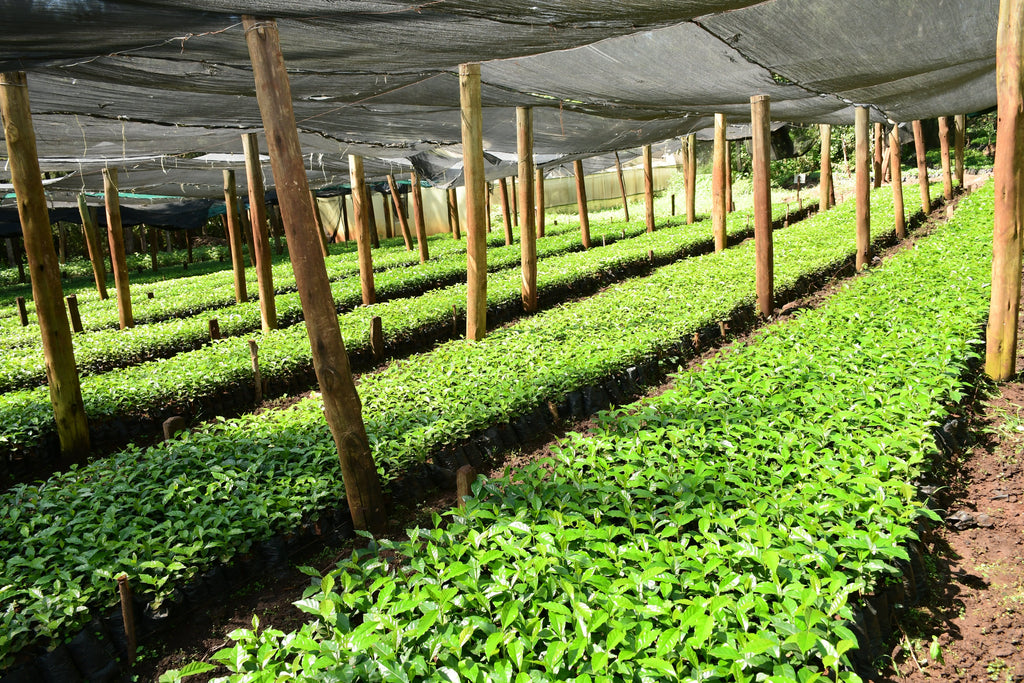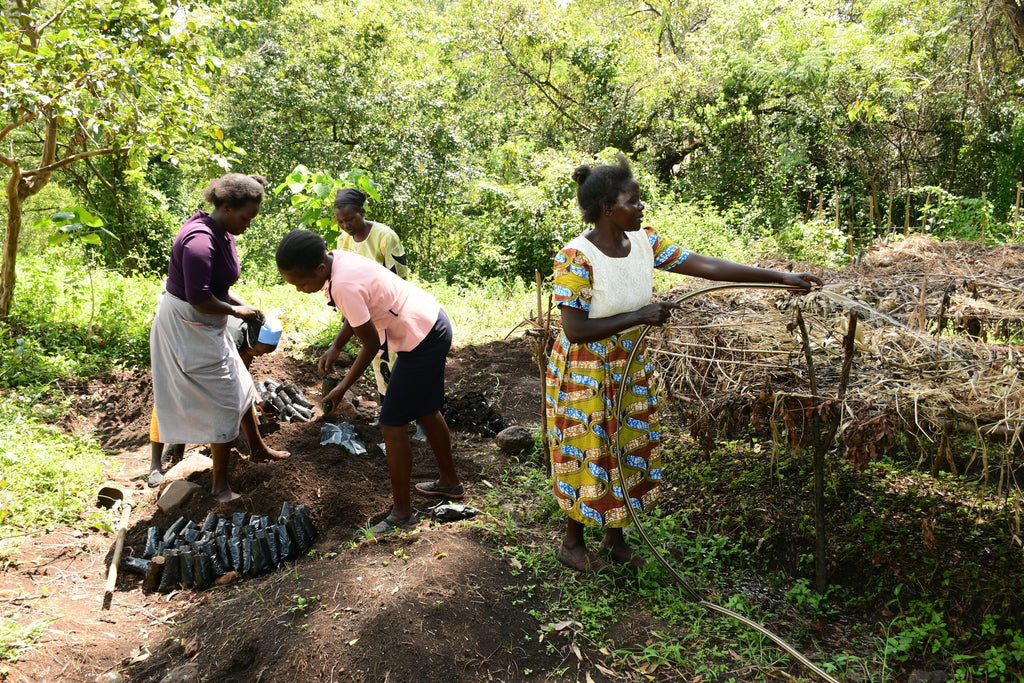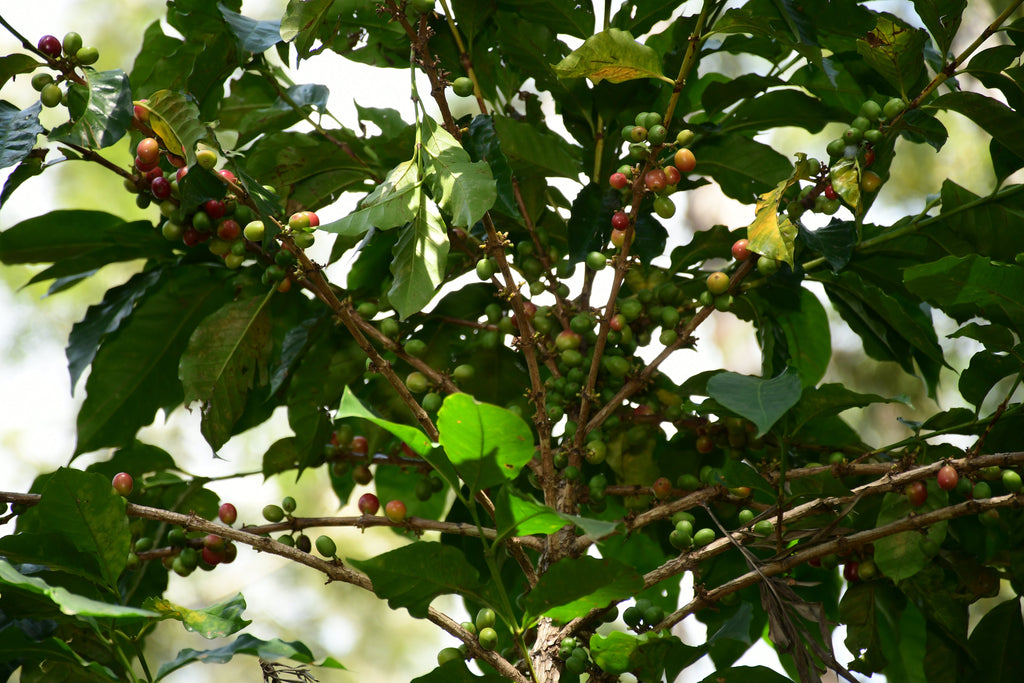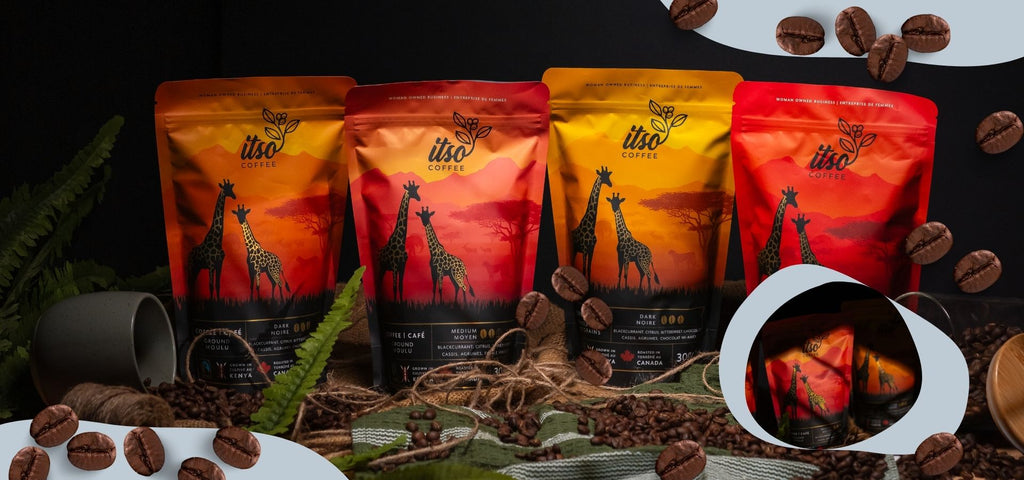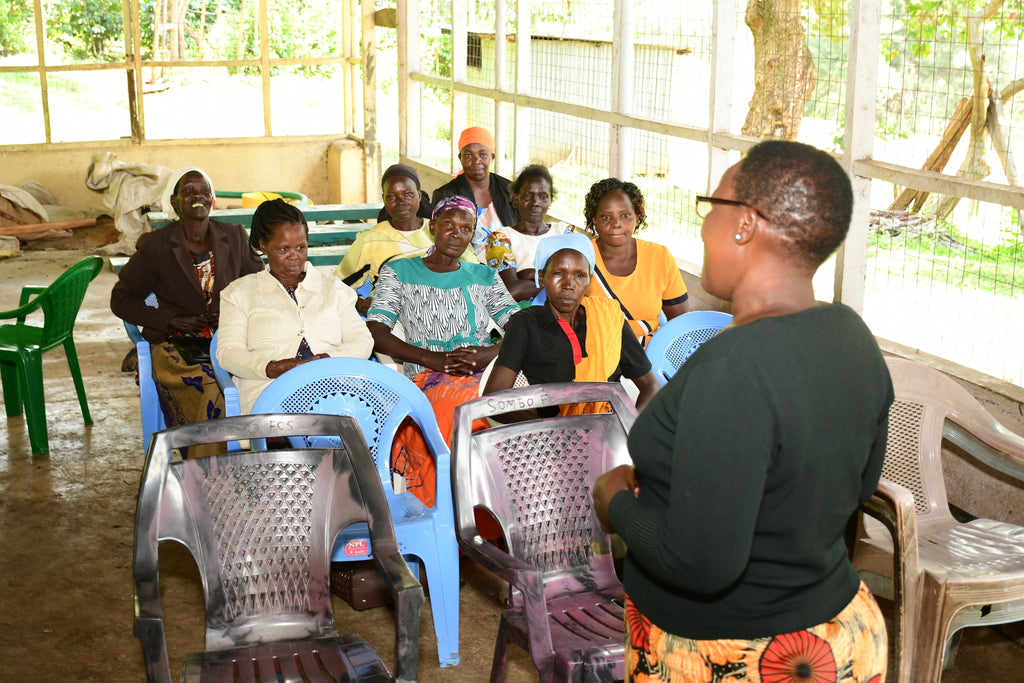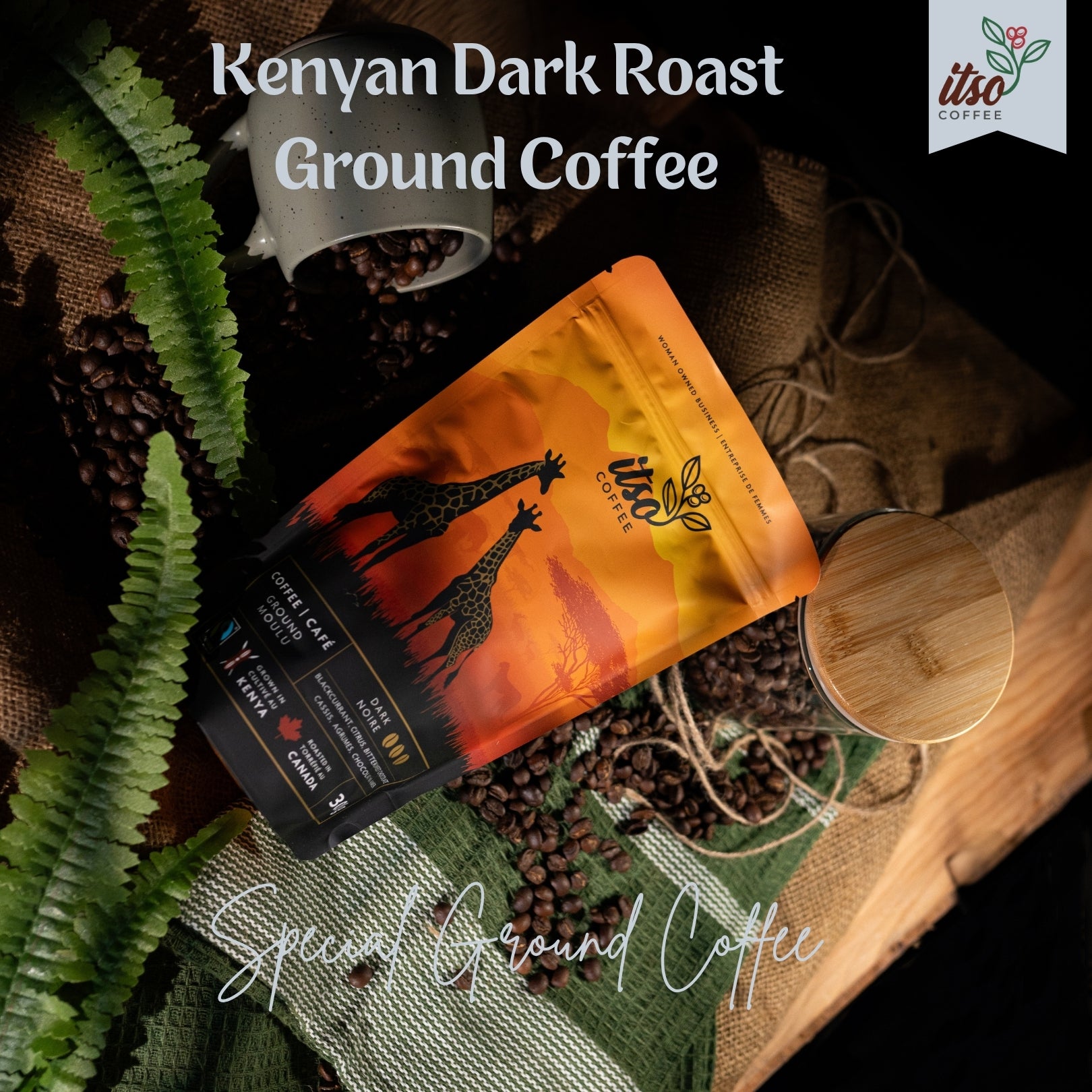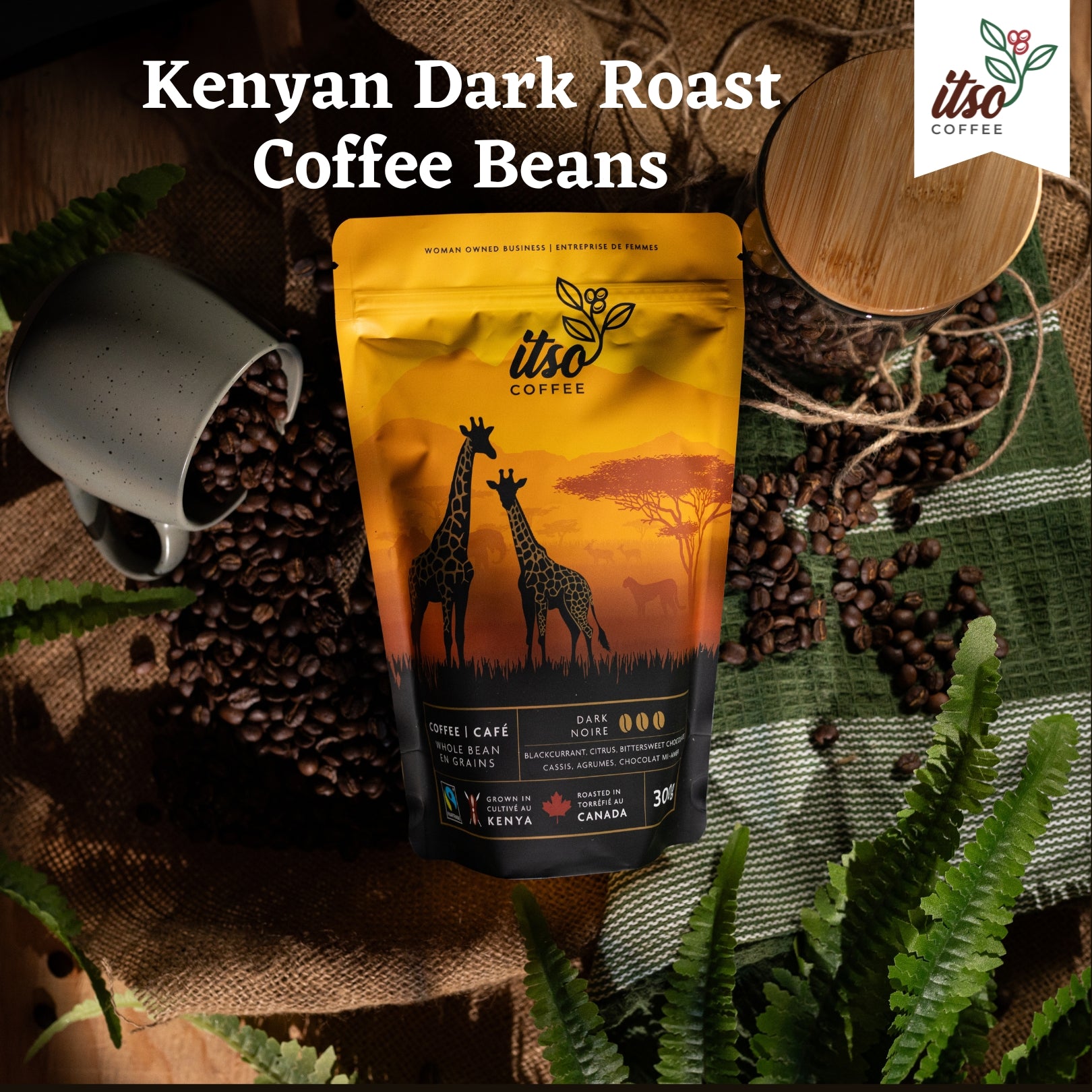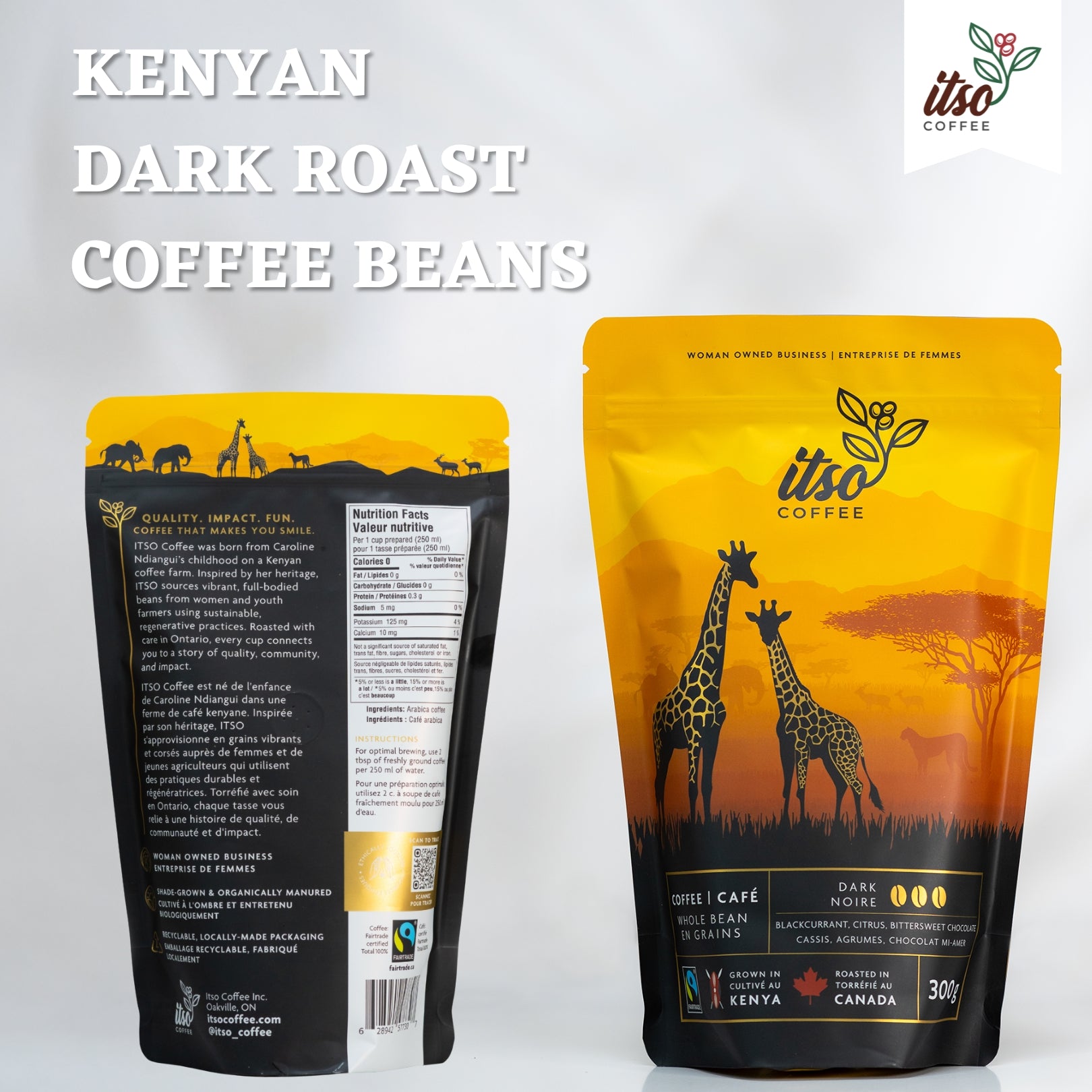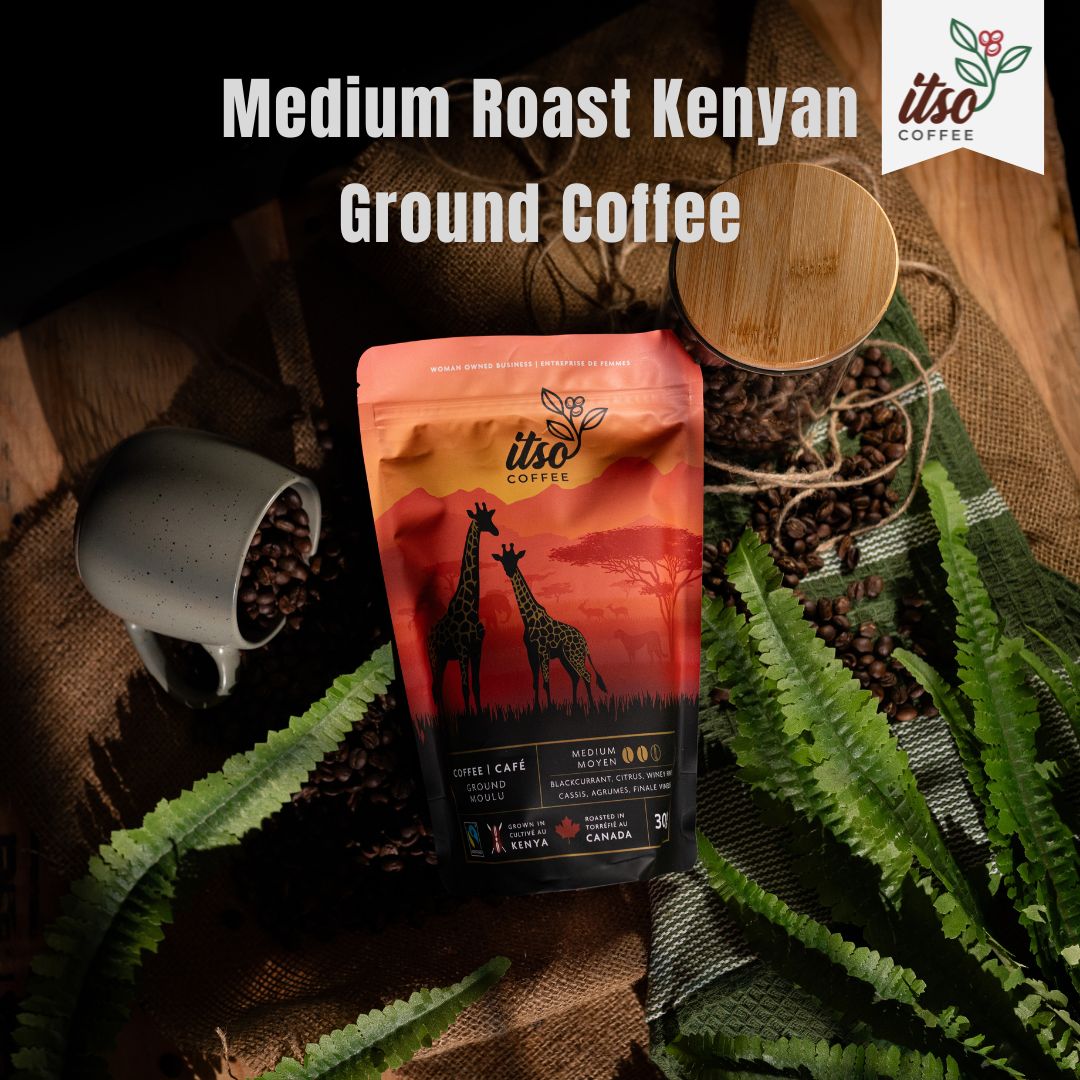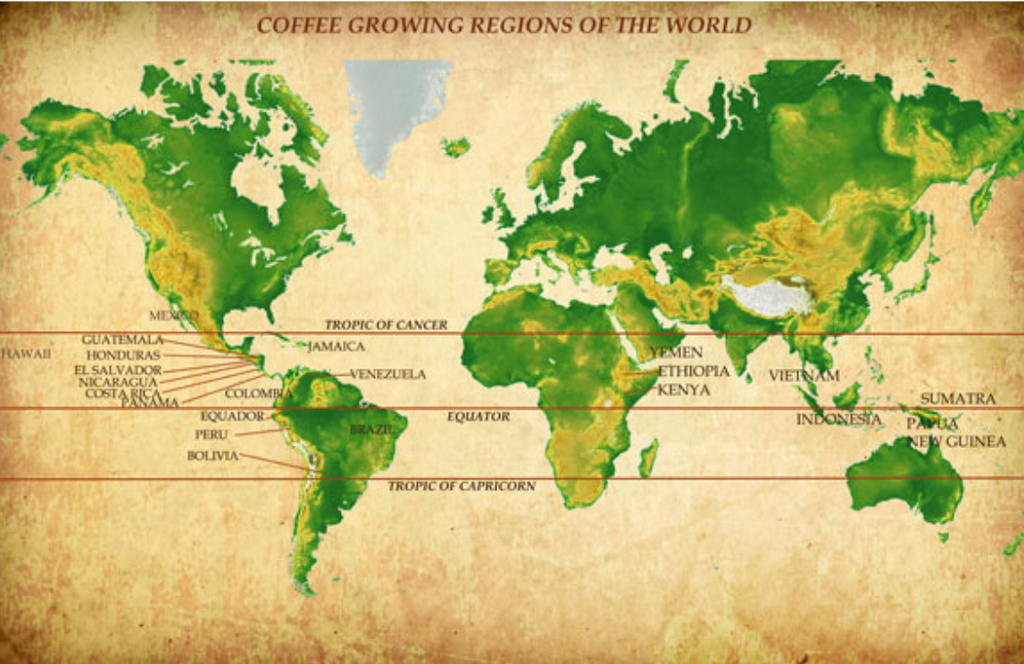
Coffee Bean Origins and Flavor Profiles: A Journey Through the World's Coffee-Growing Regions

Coffee enthusiasts worldwide love starting their day with a freshly brewed cup of coffee. Research claims that nearly 400 billion cups of coffee are consumed each year. These figures show that coffee is one of the world's most widely traded agricultural commodities. This miraculous beverage is appreciated for its unique taste and sweet aroma and has gained popularity because of its countless health benefits.
Although coffee offers a unique flavor profile; however, not all coffee tastes the same. Each different type of coffee has a distinct flavor and aroma, which can be attributed to its origins, where it is grown, harvested, and processed. If you are a coffee lover, you must know about coffee-growing regions because this will help you choose the best coffee that suits your taste buds.
This guide will discuss coffee bean origins and flavor profiles of different regions where coffee is grown. Join us on a journey through various coffee-growing regions as we explore different coffee beans' unique characteristics and flavor profiles, shaped by factors such as altitude, soil, and processing methods.

Different Coffee-Growing Regions in the World
Coffee-growing regions are majorly tucked between the Tropics of Cancer and Capricorn. There are three major coffee-growing regions, i.e., Central and South America, The Middle East, and Southeast Asia. The temperatures in these regions are warm and humid, and the land is perfect for growing the best coffee beans.
The flavor profiles for coffee beans grown in each area differ because of unique altitude, climatic and soil conditions.
The processing method is the other factor that decides the taste of the coffee. The processing method decides how the beans are harvested and what happens once they are removed from the plant.
Now let's enjoy a brief coffee tour to explore different coffee-producing regions around the globe.

Latin America: The Balance of Complexity
Latin America is one of the most prominent coffee-producing regions globally, known for its well-balanced and nuanced coffees. The coffee beans grown in these regions give a good body, acidity, and slight fruitiness.
Countries like Colombia, Costa Rica, and Guatemala are renowned for their Arabica beans, favored for their bright acidity, medium body, and complex flavors.
The high altitudes of the Andes mountains and volcanic soil contribute to the development of intricate taste profiles that often include notes of citrus, caramel, and floral undertones. Additionally, the wet processing method prevalent in the region allows for greater clarity and distinctness in the final cup.
Brazil is among the top coffee producers and is known for producing nutty and sweet coffees with full body.
Colombian coffees are a popular choice for most coffee enthusiasts and are famous for their medium body and well-balanced flavor.
Guatemala coffee is flavorful because of its rich volcanic soil. However, the coffee from this region has a slightly higher degree of acidity with a hint of smokiness.
Costa Rican Coffee has gained popularity for its distinctive taste and luxurious aroma. The coffee from this region has a light body and a slightly higher acidity. These coffees are known for having sweet, fruity, and floral notes.

Central America: The Richness of Balance
Central America, including countries like Honduras, Nicaragua, and Mexico, produces a wide range of coffee flavors, each influenced by the unique microclimates of the region. Here, coffee beans are grown at varying altitudes, resulting in diverse flavors.
The coffee beans in this region have a good body and offer a spicy, complex, and fruity taste.
Honduras produces the most amount of coffee in Central America. Honduran coffees are celebrated for their well-balanced profiles, exhibiting mild acidity, medium body, and pleasant sweetness.
Nicaraguan beans, on the other hand, often feature a velvety mouthfeel with notes of chocolate and nutty undertones.
The coffee beans from Mexico offer mild acidity and have a light body. The coffee offers a nutty flavor with mild notes of caramel.

Africa: The Birthplace of Arabica Coffee
Africa, the birthplace of Arabica coffee, boasts some of the most diverse and exotic flavor profiles. There are around 12 coffee-producing countries in Africa, all producing small amounts of coffee beans.
Countries like Ethiopia, Kenya, and Tanzania are revered for their vibrant and bold coffees. The coffee plants here grow at high altitudes, giving the beans ample time to mature, resulting in intense flavors and acidity.
Ethiopian coffees, particularly, are celebrated for their distinct fruitiness, with notes of berries and tropical fruits often gracing the palate.
On the other hand, Kenya's beans display a delightful brightness with a wine-like acidity, making them stand out in the world of specialty coffee.

Asia: Earthy and Complex
Asia, with Indonesia and Vietnam as key players, offers coffee beans with unique earthy and complex flavor profiles. These regions' lush landscapes and tropical climates create ideal conditions for growing robusta beans, which are valued for their boldness and low acidity.
Indonesian coffees, such as those from Sumatra and Java, are famous for their full-bodied richness with hints of herbs, spices, and even earthy, tobacco-like notes.
Vietnam is a major producer of robusta coffee, known for its strong, bitter flavor, often used in blends and instant coffee production.
India: The Unique Monsooned Malabar
A significant coffee producer, India is home to a distinct coffee known as Monsooned Malabar. The beans undergo a unique processing method, exposed to the monsoon rains and winds, which swells and lightens them, creating a unique flavor profile. Monsooned Malabar is low acidity, smooth, and has a distinctive musty, earthy taste, making it a sought-after choice for espresso blends.




